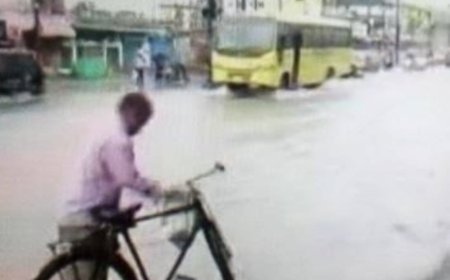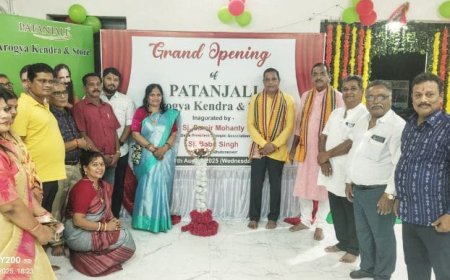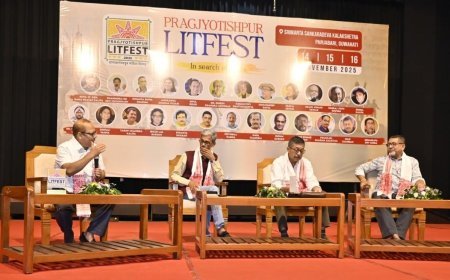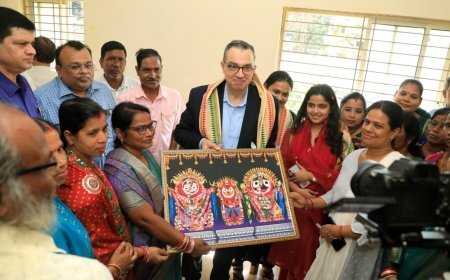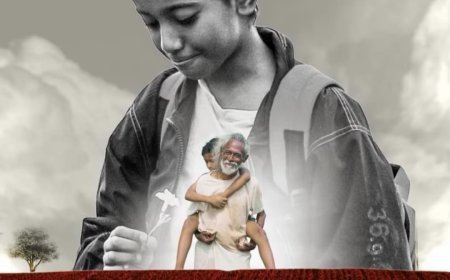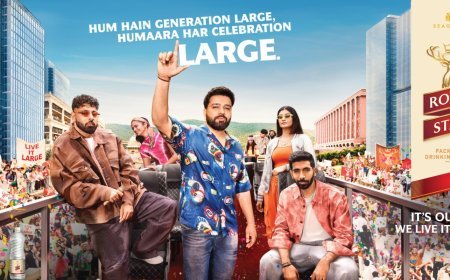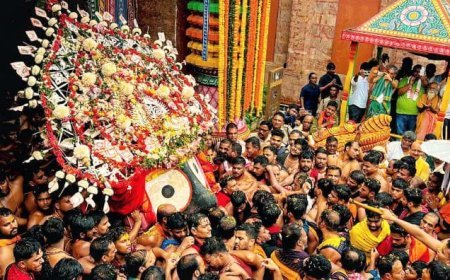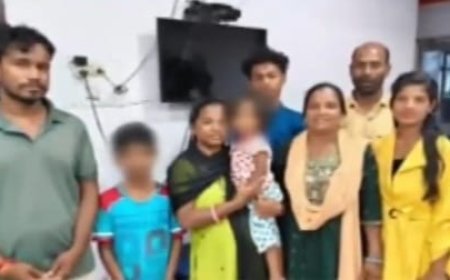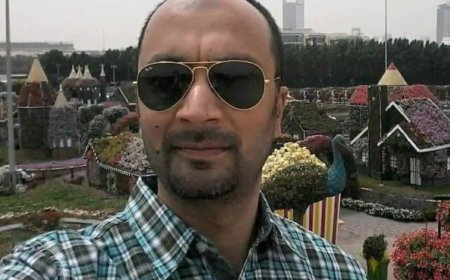Slums & Bhubaneswar’s High-Rise Dream: A City Growing in Two Directions

By |Sashi Sekhar Samanta|
Cities do not merely expand—they evolve, struggle, and reshape themselves in the tension between aspiration and reality. Bhubaneswar, once planned as a modest administrative capital by German architect Otto Königsberger, is today a city torn between its rising skyline and the persistent sprawl of its slums. This duality—gleaming high-rise towers on one end and makeshift settlements on the other—defines not just the city’s physical landscape but its socio-economic conscience.
For decades, Bhubaneswar enjoyed the reputation of being one of India’s cleanest and most livable cities. Wide roads, orderly sectors, and a rising IT and education hub contributed to a narrative of progress. But beneath this surface, another Bhubaneswar was taking shape: one built by migrant laborers, informal workers, daily wage earners, and families displaced by development itself. This Bhubaneswar—made up of nearly 400 slum pockets and informal settlements—is as crucial to the city’s functioning as its corporate offices and luxury apartments.
The paradox is unmistakable. While new towers rise in Kalinga Nagar, Patia, Chandrasekharpur, and near the Infovalley stretch, thousands still live without permanent roofs, sanitation, or stable electricity. The city’s promise of vertical growth in one quadrant contrasts sharply with its horizontal spread of vulnerability in another.
The debate on urban inequality is not new, but Bhubaneswar’s case demands fresh attention. The past decade has seen an explosion of real estate activity—gated societies, premium apartments, corporate buildings, and large-scale commercial complexes. This growth reflects changing aspirations, investment flows, and migration patterns. More people want to live in Bhubaneswar, more companies wish to set up operations here, and the demand for modern housing continues to expand.
Yet, even as the skyline rises, an essential truth remains: cities are built not just by engineers and architects but by the hands of informal laborers—the same people who often end up living in slums, without access to the new world they helped construct.
A high-rise can symbolize ambition. A slum symbolizes survival. But both are part of the same urban story.
Bhubaneswar’s slum population has grown for three overlapping reasons: rural-to-urban migration, eviction without adequate rehabilitation, and the affordability gap between income and housing costs. While the Odisha government’s Jaga Mission—the world’s largest slum land titling program—brought global acclaim, the journey from policy to everyday reality remains incomplete. Land rights were granted to many slum dwellers, improving their sense of security. But rights alone cannot give them drainage, paved roads, clean water, healthcare, or dignity.
Infrastructure is where Bhubaneswar must take its next leap.
The rise of high-rise buildings is not inherently a problem. In fact, vertical growth is essential for sustainable urban development. It allows for efficient land use, reduces sprawl, and supports modern lifestyles. But when this vertical rise stands next to horizontal neglect, the contrast becomes jarring. A city cannot celebrate its IT parks and luxury towers while ignoring the vulnerable communities that form the base of its service economy.
The challenge before Bhubaneswar today is not growth vs. no growth—but inclusive growth vs. selective growth. One of the most visible issues is the spatial inequality of development. While neighborhoods like Patia, Rasulgarh, Jaydev Vihar, and Khandagiri see continuous infrastructural upgrades, the slum clusters of Salia Sahi, Tarini Nagar, Shanti Palli, Nayapalli, and Bharatpur remain trapped in cycles of informal living. Access to sanitation, cleanliness, drinking water, and safe housing remains uneven. During monsoons, these settlements face flooding; during summers, water scarcity; and during disasters like cyclones, they face the greatest vulnerability.

Bhubaneswar cannot afford to let this disparity widen. A city’s success is measured not by the height of its towers but by the quality of life offered to its lowest-income residents.
The rise in high-rise buildings also demands a stronger regulatory framework. Questions of fire safety, traffic impact, drainage capacity, and environmental stress need consistent monitoring. The more towers that rise, the more the city’s utilities are strained. Without foresight, this could turn aspiration into chaos. But with effective planning—zoning, smart utilities, integrated transport—high-rises can be part of a more efficient urban future.
At the same time, slum redevelopment must go beyond eviction-driven models. Forced displacement only shifts poverty from one corner to another. A humane, sustainable approach must include:
Upgraded in-situ housing, where feasible, through multi-story complexes for slum dwellers , Community infrastructure such as schools, clinics, parks, and open spaces ,Livelihood integration, ensuring workers can live close to their workplaces ,Skill-building programs, especially for youth and women ,Credit access and financial literacy, to enable upward mobility ,These measures transform slums into neighborhoods—not temporary encampments.
Bhubaneswar’s future will also depend on the political will to prioritize affordable housing. Public-private partnerships can reduce costs, while strict enforcement against land mafias and informal real estate markets can protect vulnerable communities. Housing must be treated not as a luxury product, but as essential urban infrastructure.
Another dimension is cultural. Slums are often seen through a lens of stigma. But they are also centers of resilience, community networks, tradition, and micro-economies. Bhubaneswar’s housekeeping staff, construction workers, street vendors, auto drivers, delivery workers, and domestic help—many of whom live in slums—are the backbone of its daily life. Respecting their dignity and investing in their well-being is not charity; it is urban responsibility.
As Bhubaneswar aims to become a smart city, a startup hub, and a major urban center of eastern India, the gap between its wealthy and its vulnerable must narrow. A balanced urban model—where high-rises rise only after the foundations of equity are strengthened—will determine whether Bhubaneswar becomes a sustainable metropolis or a city divided by class and circumstance.
Cities thrive when every resident, not just those living in towers, experiences growth, safety, and opportunity. Bhubaneswar now has a chance to set an example for India. It can prove that modernization and compassion need not be opposites; they can be parallel principles guiding policy.
The road ahead requires vision, discipline, and empathy. But above all, it requires the belief that a city’s future must be built for all its people—not just its most privileged. A skyline is powerful, but a society is stronger. Bhubaneswar must grow upward and forward, but it must never forget to grow together.

